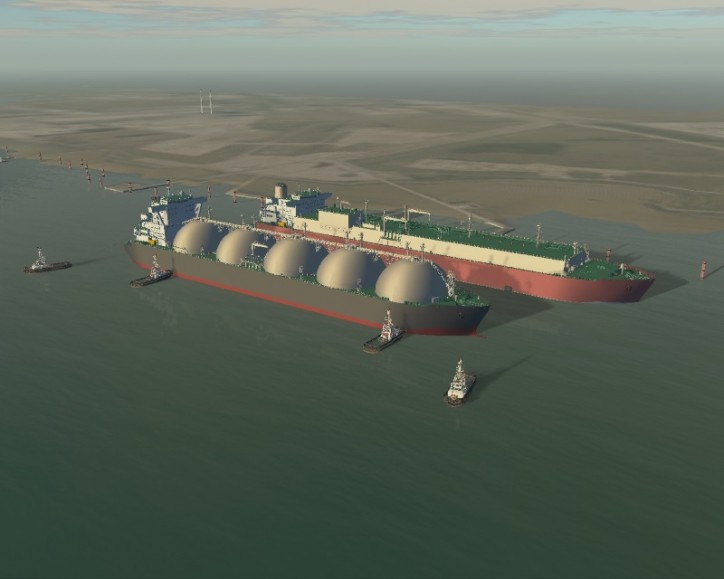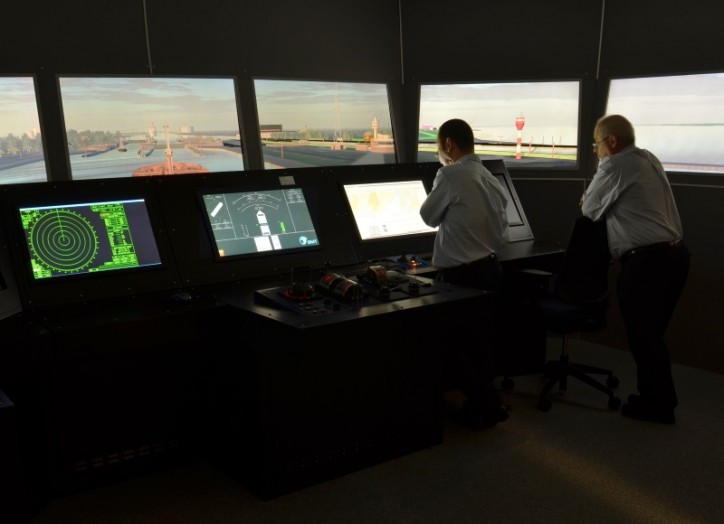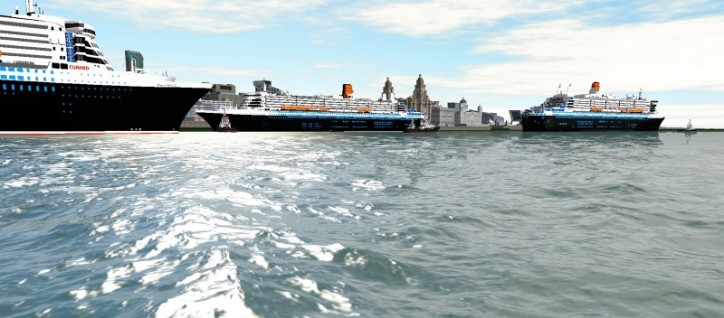BMT Ship & Coastal Dynamics, a subsidiary of BMT Group Ltd, has announced significant, new enhancements to its industry leading marine navigation and manoeuvring simulator, REMBRANDT, widely used globally by pilot organisations, shipping companies, naval architects, civil marine engineers and port authorities.

Separate controls for setting wind, wave and swell wave parameters have been introduced. By allowing independent control of these features, more realistic scenarios can be examined – a feature of particular relevance for offshore simulations, as well as certain critical port approach manoeuvres. Wind shielding is also now available.

REMBRANDT V6 also supports the direct import of high resolution terrain data (LIDAR data) which will allow users to quickly and automatically create their own highly detailed visual scenes. This combined with the new near photorealistic visualisation of sea surface further enhances users’ immersion into the simulated environment.
In line with these and other additional functionalities which have been incorporated into the newly established simulator complex in BMT’s UK offices, its marine navigation and manoeuvring simulator capability is set to be further enhanced with the imminent establishment of a new simulator centre of excellence in Indonesia.

Paul Morter, Global Sales Manager for REMBRANDT comments: “These new and improved features have further elevated an already high end and globally respected simulator. It was important for us to look at delivering a significantly broader and more capable tool that will better support our diverse range of clients, enhancing the value this simulation aid can offer them in helping to achieve their operational goals.”
Morter continues: “An important factor when berthing at an offshore structure is the shielding effect it creates – as the visiting ship comes into the ‘lee’ of the structure, the magnitude of the prevailing wind, waves and current can be significantly reduced; REMBRANDT V6 can now realistically represent this effect in real time simulations.”
Source: BMT